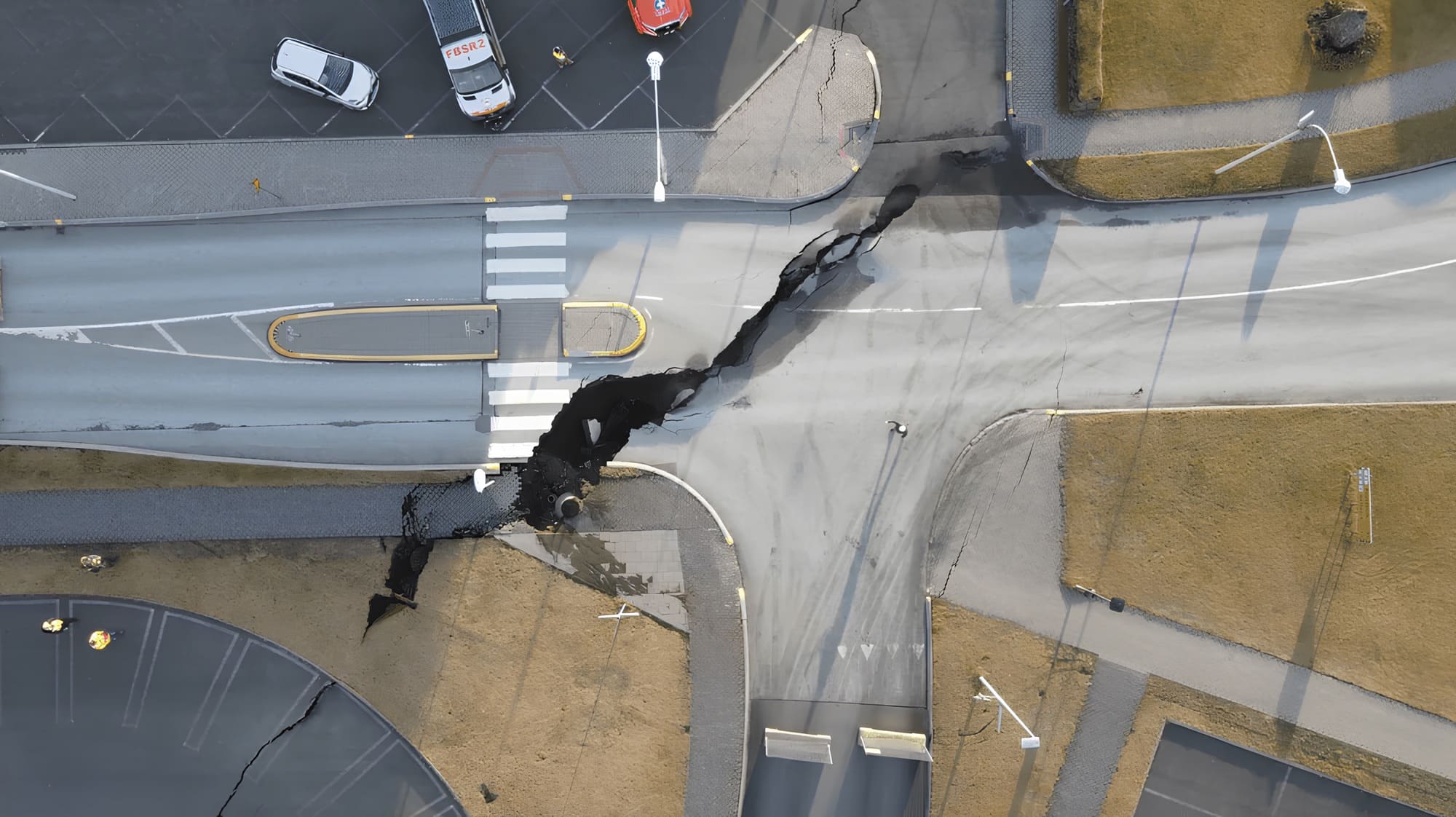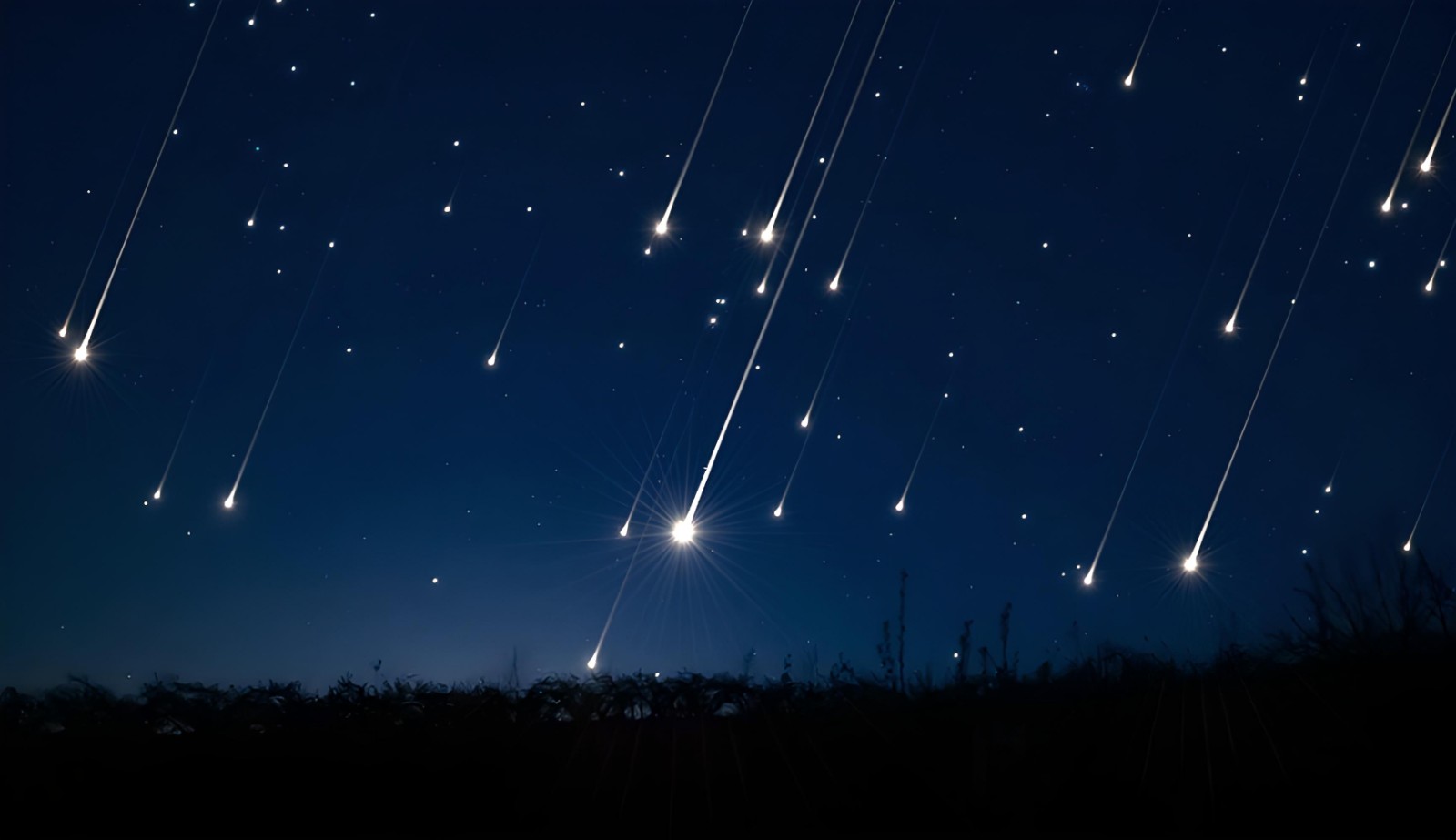The northern lights or aurora borealis are cosmological phenomena that may be seen from the poles of our globe. They are an amazing sky display. How do you explain them? When and where should you watch them? Everything you need to know about the phenomenon.
- What is an aurora borealis?
- What causes the aurora borealis?
- The colors of aurora borealis
- Northern lights observed from space
- The difference between aurora australis and aurora borealis
- Seeing the next aurora borealis
- Where and when to see the aurora borealis?
- The places to view aurora borealis
- The time when the northern lights is most visible
- The conditions to see an aurora borealis
- Are the northern lights dangerous?
Six months out of the year, the Nordic nations are graced with the aurora borealis, also known as the polar lights, in both hemispheres, which delights travelers. Since the beginning of time, occurrences like divine appearances, bad omens, and dancing spirits have inspired dread, reverence, and adoration.

The polar auroras, which are the result of solar particles colliding with gases in our atmosphere, are more common and spectacular during periods of high solar activity. The Sun has begun its 25th cycle of activity in 2019, which promises spectacular celestial displays.
These vibrant occurrences are not only on Earth. The gas giant’s rings, two moons, and polar auroras in the upper atmosphere of the poles can all be seen in a shot of Jupiter taken by the James Webb telescope. The NIRCam camera, which enables the telescope to capture wavelengths unseen to the human eye, is responsible for making this extraordinary image possible.
What is an aurora borealis?

The atmospheric phenomenon known as the aurora borealis may be seen at the poles of the planet. They resemble glowing clouds that move about in the night sky. These light veils, although interpreted in many ways throughout history and in mythology, are truly connected to the Sun’s activity as it often bombards the Earth with energetic particles. These celestial manifestations are produced when these particles interact with the gases that make up our atmosphere after they enter the Earth’s atmosphere.
What causes the aurora borealis?

Electrically charged particles are sent from the sun in all directions, including in the direction of our planet. The Earth’s magnetic field, a truly invisible shield produced by the rotation of the Earth’s liquid core, shields our planet from these particles. This shield deforms as the solar wind hits it, but in most cases, it keeps the particles from entering the atmosphere.
The solar winds are, unfortunately, stronger than normal. This is especially true when there is a strong solar flare. In this instance, the magnetic field is thrown off, allowing the particles that the Sun emits to pass past this imperceptible wall. The aurora borealis and australis are produced when these particles collide with the gases in the Earth’s atmosphere.
The energetic particles that the Sun emits clash with the particles that make up the gases in the upper atmosphere as they enter the atmosphere. The atoms that make up these gases are then excited by electrons and protons, which causes ionization, which in turn gives the atoms an electrical charge. The atoms of the Earth’s atmosphere will release light energy in the form of photons by going back to their starting condition. Therefore, the brilliant and colorful bands that appear above our heads are produced by these electrical exchanges.
The colors of aurora borealis

The colors of the aurora borealis and aurora australis vary, and they may present extremely diverse displays from one day to the next. They can sometimes be green, occasionally red, or sometimes pink. These particles produce light when they collide. The colors range from red to green via purple or yellow, depending on which atoms are activated. All of the chromatic spectrum’s tones may be represented by the gradations. The altitude at which an aurora develops and the types of gases present there determine the color of the aurora.
Thus, the aurora may appear as a green veil in the presence of oxygen, pink or red in the presence of nitrogen, or blue or purple in the presence of helium or hydrogen when they develop at a low altitude, approximately 100 kilometers. At higher altitudes, around 300 to 400 kilometers, oxygen can also give a red tint to the glows.
Northern lights observed from space
The aurora borealis is a spectacular natural phenomenon that may be seen from Earth and from space. Awe-inspiring opportunities to see this happen often occur for astronauts on the ISS. The astronauts filmed an aurora borealis from the Crew Dragon space capsule then docked to the ISS.

In August of 2022, the aurora borealis was also photographed by the James Webb Space Telescope. In this case, however, the location was not on Earth but rather on the poles of Jupiter.
Reddish-orange colors may be seen at the gas giant’s poles in the image. These polar auroras are distinctively unlike those seen on Earth. Polar auroras on Earth are caused by the solar wind, whereas on Jupiter they are caused by Io’s volcanic activity.
The difference between aurora australis and aurora borealis
Even though we often refer to the aurora borealis, this sort of phenomenon may occur everywhere in the world. The aurora australis, which may be seen at the South Pole, is the same kind of aurora. On the opposite side of the planet, the same thing still occurs.
The term “polar aurora” is a generic name that encompasses the northern lights (which take place in the Northern Hemisphere) and the Southern Lights (which take place in the Southern Hemisphere).
Seeing the next aurora borealis
Dates and times of the next aurora borealis at a certain place cannot be predicted with any degree of accuracy. On the other hand, we can estimate the likelihood of something happening based on certain hints. The Kp index is of particular significance for this purpose since it measures the magnitude of Earth’s magnetic disruptions. SpaceWeatherLive provides three hourly updates to the planetary Kp index.
It is recommended to observe the development of this indication, which represents the incidence of solar flares, to know whether auroras are to be anticipated. Depending on the strength of the flare, the solar wind it releases has the potential to create stunning auroras if it crosses Earth’s orbit.
Where and when to see the aurora borealis?
The aurora borealis can only be seen at Earth’s poles. This limited area has to do with the magnetic field of the Earth. The solar particles that cause the aurora borealis travel along the same paths traced by Earth’s magnetic field. The south pole is the starting point for these lines’ journey to the north pole. Particles traveling along these lines will always be drawn to the Earth’s magnetic poles.
This means that people living in nations near the poles are more likely to be fans of the aurora borealis. The Scandinavian countries are your best bet for seeing this amazing event. For anyone interested in seeing the northern lights, the northernmost parts of Norway, Finland, and Sweden are essential stops. This is especially true in the Norwegian city of Troms. Traveling to Iceland to see the aurora borealis is another exciting option.
To improve your odds of seeing this event, plan your trip between September and March. At this time of night, the sky is at its darkest, making the northern lights easier to see.
The places to view aurora borealis

The majority of the countries are below the Arctic Circle. Because of this, seeing the aurora borealis is an exceedingly remote possibility for those countries. You would need a very powerful solar flare for that, just like what happened on March 2015. Norway, Greenland, Iceland, Swedish and Finnish Lapland, Scotland, Siberia, Canada, and Alaska are the countries and areas that can observe the aurora borealis.
However, these auroras are very hard to see with the human eye and can often only be seen in photographs.
Seeing the northern lights in Norway, Finland, and Sweden
As one of the few nations whose territory extends far beyond the Arctic Circle, Norway is an ideal location from which to see the aurora borealis. Better opportunities to observe them may be found in the country’s northern regions.
- The city of Troms, a genuine Norwegian village, and the surrounding Lyngenfjord area are perfect examples of this. Last but not least, the northern lights may be seen from the Lofoten Islands as well.
- The northern lights may be seen most often in Lapland, a northern area of Finland. Visit the town of Ivalo and the surrounding area to take in these heavenly displays.
- Northern Sweden, namely Lapland, is your best bet for seeing the aurora borealis in this country. To experience them in their native habitat, Abisko National Park is an ideal location too.
The time when the northern lights is most visible
In order to maximize your chances of witnessing the northern lights, you should wait until it is as dark as possible outside. Since the night is so brief or nonexistent in the summer, it is not the best time to see the northern lights in Scandinavia. The winter months of December through March are ideal for seeing the northern lights.
The conditions to see an aurora borealis
When seeing the aurora borealis, it’s best to be away from cities and other bright lights. Therefore, try to choose a spot far from any major city. Be sure to check the forecast and choose a night when the sky is not overcast. Last but not least, you may check the Kp index to see how likely it is that the northern lights will be seen.
Are the northern lights dangerous?
The northern lights are beautiful to look at, yet they pose no threat to people. The northern lights are completely safe to photograph and watch with the naked eye.
There is just one significant risk linked to the aurora borealis, and that is the risk of electrical and communication disruptions caused by solar flares. True, these structures are vulnerable to harm in the event of a very powerful solar flare, but this threat has nothing to do with the aurora borealis.






